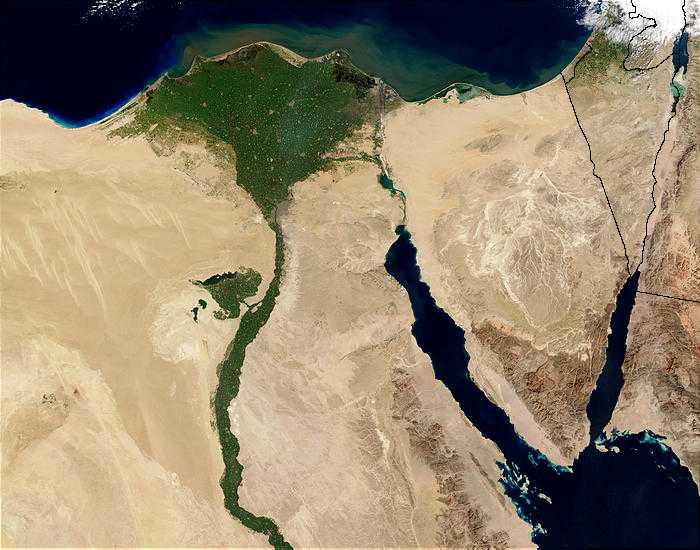The Nile is the longest river in Africa and has historically been considered the longest river in the world,though this has been contested by research suggesting that the Amazon River is slightly longer.

Of the world’s major rivers, the Nile is one of the smallest, as measured by annual flow in cubic metres of water.
About 6,650 km long, its drainage basin covers eleven countries: the Democratic Republic of the Congo, Tanzania, Burundi, Rwanda, Uganda, Kenya, Ethiopia, Eritrea, South Sudan, Republic of the Sudan, and Egypt.
In particular, the Nile is the primary water source of Egypt, Sudan and South Sudan.
Additionally, the Nile is an important economic river, supporting agriculture and fishing.
Facts
The Nile River is located in Africa and is the longest river in the world at approximately 4,160 miles.
only 22% of the river flows through Egypt.
the Nile River flows through Burundi, Congo, Egypt, Eritrea, Ethiopia, Kenya, Rwanda, South Sudan, Sudan, Tanzania and Uganda.
On average, the river has a depth of 9.5 meters.
At its deepest, the river has a depth of 11 meters.
The Nile River at its widest point is 1.7 miles wide.
The ancient Egyptians based their calendar on the three cycles of the Nile River.
The word ‘nile’ is derived from the Greek word meaning river – ‘neilos’.
The Nile River is formed from the Blue Nile and the White Nile which meet at Khartoum.
The majority of Ancient Egypt’s sites are located along the Nile.
The Nile crocodile is one of the largest crocodiles in the world.
The Blue Nile begins at Lake Tana in Ethiopia.
The White Nile is longer and rises in the Great Lakes region of central Africa.
The Nile River has a total length of about 6,695 km.
The Nile River’s average discharge is about 300 million cubic meters per day.
Near the Mediterranean Sea the river splits into two branches, the Rosetta Branch and also the Damietta.
The Nile Delta is around 160 kilometers in length.
The Nile River drains into the Mediterranean Sea.
The Nile Delta spreads out over 240 kilometers of coastline.
Lake Nasser is the second largest man-made lake in the world.
Lake Nasser is where the waters of the Nile are held back by the Aswan Dam.
Flooding along the Nile River has been controlled since the construction of the Aswan Dam.
The Aswan Dam produces around 15% of Egypt’s electricity.
The papyrus reeds that grow along the Nile River were important for ancient Egyptians.
There are disputes that the Nile River is longer than the Amazon River.
The Nile River is home to a wide variety of plants, animals and fish.
The Nile perch can reach a length over six feet and weigh over 400 pounds.
Egypt and Sudan get most of their water from the Nile.
The Red Nile makes up another one of the Nile’s tributaries.
The Nile was longer during the Miocene Epoch, an era that is 23 and 5.3 million years ago.
At the time, the Nile’s headwaters stretched as far south as Zambia.
Crocodiles, Hippos, buffaloes, and antelopes are familiar creatures that are found the nile.
The river has a range of tropical rainforests that are lined with banana trees, bamboos, ebonies, and shrubs.
This video contains images that were used under a Creative Commons License. Click here to see the full list of images and attributions:
https://link.attribute.to/cc/2413067
